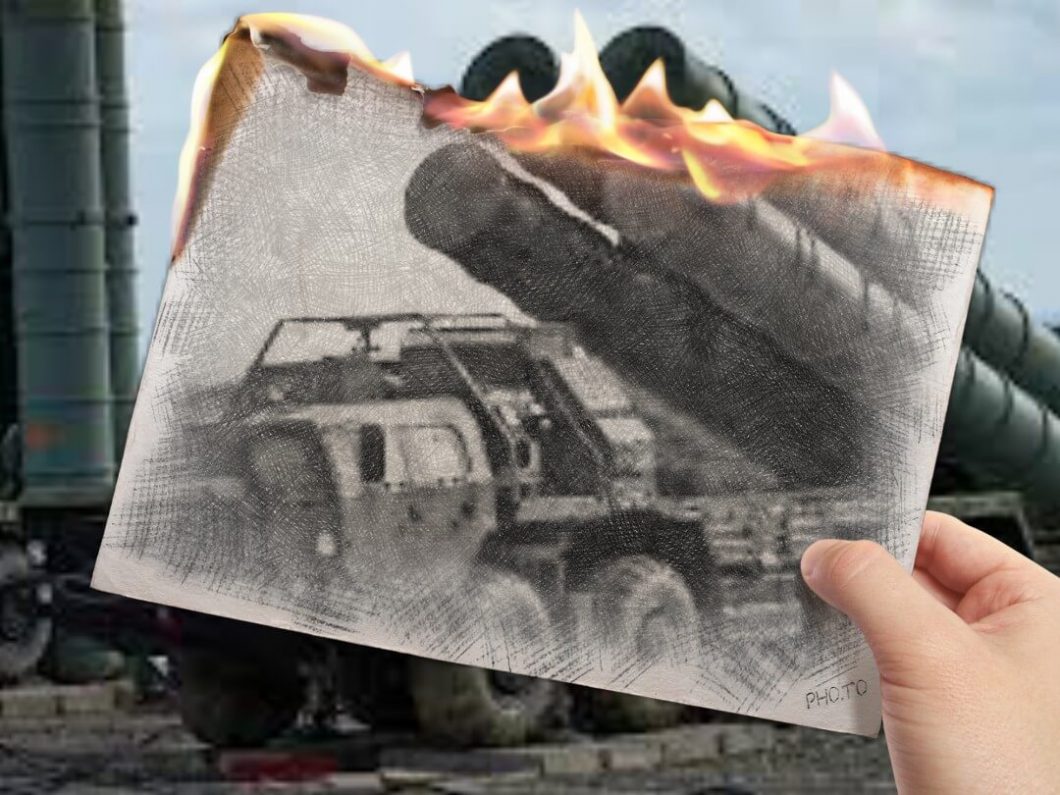First the bad news.
What is the S-400?
The S-400 is a Russian made anti aircraft system that is mounted on 8×8 highly mobile cross-country trucks called a Transporter Erector Launcher.
The system uses steered phased array radar that can track 300 targets over 500 miles away and fires four types of missiles with mile ranges of 250, 125, 62, 25. It is a formidable interlocking grid with an eightfold improvement to India’s current missile reach.
In 2015 India initiated its procurement for the all terrain, durable air defense system. Russians have been deeply embedded into India’s defense for decades and India is their largest weapons client. In the years 2013-2017, 62% of India’s defense imports came from Russia, the U.S accounted for 15%
India has disputed land borders with its two geographically contiguous nuclear-armed adversaries, China and Pakistan. Additionally it faces multiple insurgencies.
- Pakistan has new generation fighter jets, the Block 52 F-16s. With the S-400 locations in India, the S-400’s radars can look deep inside Pakistani territory and pick up enemy aircraft almost as soon as they are airborne.
- China has the fifth-generation J-20 fighter. With the S-400 to be deployed along the eastern border with China, the missile system can monitor and react to fighter jets taking off from airfields along the Tibetan plateau.
In 2017 Trump administration enacted the Countering America’s Adversaries Through Sanctions Act (CAATSA)
The legislation put sanctions on countries engaging with Russia defense companies in “significant transactions”, any deals above $15 million. India will likely pay for the Russian-made weapons systems in euros to a Russia-nominated bank to avoid the threat of U.S. sanctions.
India requested a waiver and asked that its purchase of 5 S-400 systems, at a cost of 5 billion dollars, be grandfathered in.
This creates problems for the US with our ally.
- It may inhibit U.S defense companies from selling to India, such as the F-35 that would operate on the U.S equivalent platform using Patriot Advanced Capability-3 and the Terminal High Altitude Area Defense.
By combining the Russian S-400 with US military technology platform, there are new vulnerabilities.
Turkey, NATO ally, recently purchased the S-400 system to which a panel in Congress was convened to hear military concerns.
- The ability of the S-400 to collect data on both the F-35 and F-22 is a bigly concern. For the S-400 to function in Turkey, it will have to be integrated into Turkey’s current “identification friend or foe” (IFF) systems, part of NATO’s military tactical data-link network, known as Link 16.
- The Link 16 system would reveal real-time information about the US stealth system. Over time, Moscow would be able to recreate the stealth profile of the F-35 and F-22.
- Once the F-35’s radar waveform has been identified, it will be possible to recreate fictitious signals of the F-35 so as to mask one’s own aircraft with this shape and prevent the enemy’s IFF systems from being able to distinguish between friend or foe.
Now the good news
American national security is closely aligned with India, designating them a “major defense partner” in 2016. The U.S, as a diplomatic grace, in 2018, rechristened its Pacific Command as the Indo-Pacific Command and rewrote its National Security Strategy.
In September India signed the Communications Compatibility and Security Agreement (COMCASA)a ten year agreement, effective immediately and one of four agreements that codified interoperability between our respective defense industries, militaries and sale of high-end technology.
India may now acquire encrypted communications used with the U.S technology platforms incorporated within our C-17, C-130 and P-8Is and allows for its customization.
The only UNcompleted agreement is the Basic Exchange and Cooperation Agreement for Geo-spatial Cooperation (BECA).The completed are:
- General Security Of Military Information Agreement (GSOMIA) in 2002
- Logistics Exchange Memorandum of Agreement (LEMOA) in 2016.
This is a part of a broader strategy to countervail China, it is vital, albeit complex as India must also weigh the issues of proximity and joint agreements with China.
India’s economy is about to eclipse the UK and its demographic profile is optimal to sustain economic growth. A democratic, multi-ethnic, multi-religious India is the greatest threat to China, it is the Democracy next door.
India just purchased the AH-64E Apache attack helicopters from Boeing. By 2020, India will have 22 Apaches replacing the aged out Russian Mi-35 attack helicopters.
This month (Nov ’19) India will formally announce its purchase of multi-role helicopters. The US Department of Defense deal is for 24 Lockheed Martin MH-60R Seahawks for +/-$2.5 billion.
The End?
